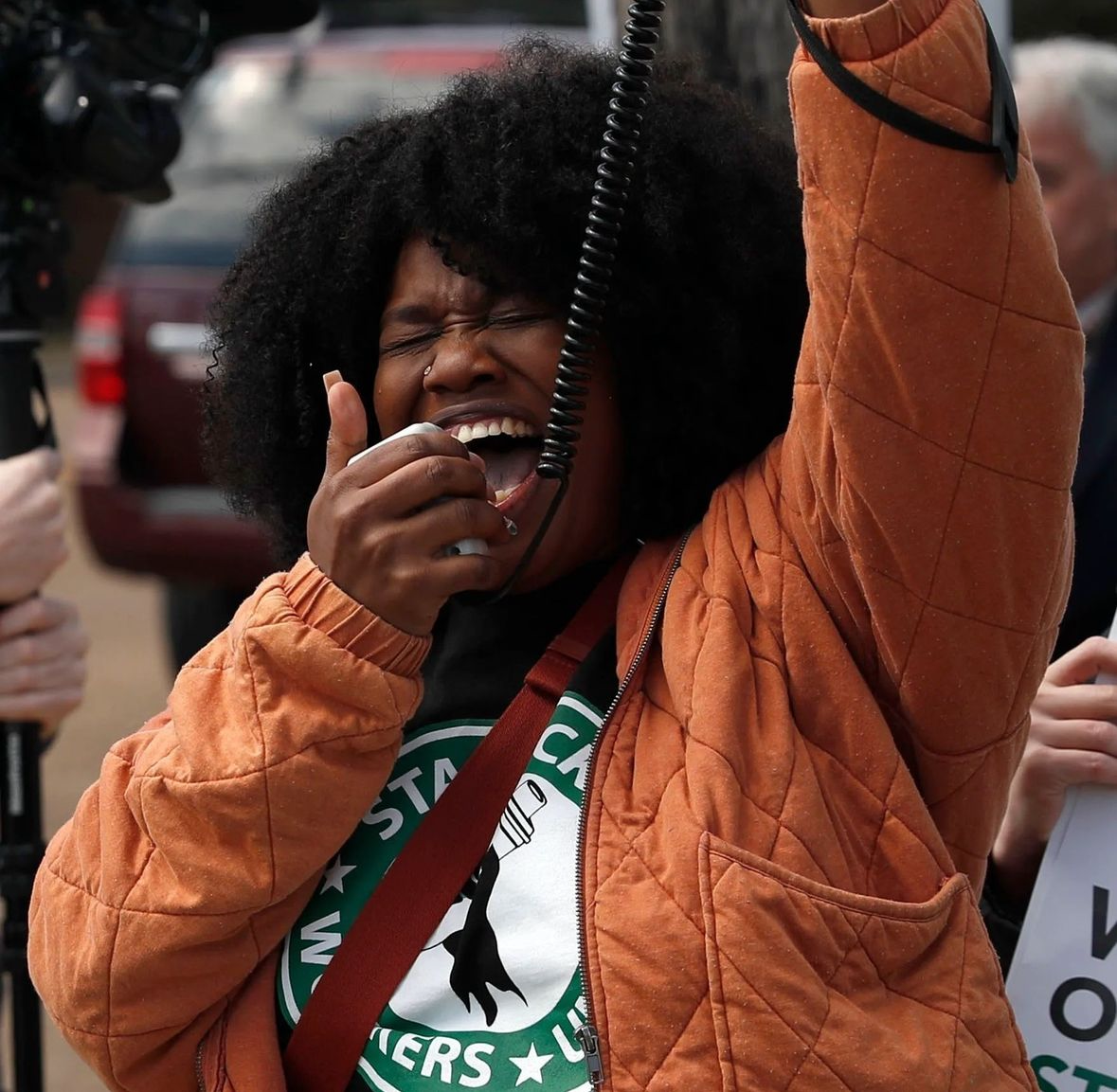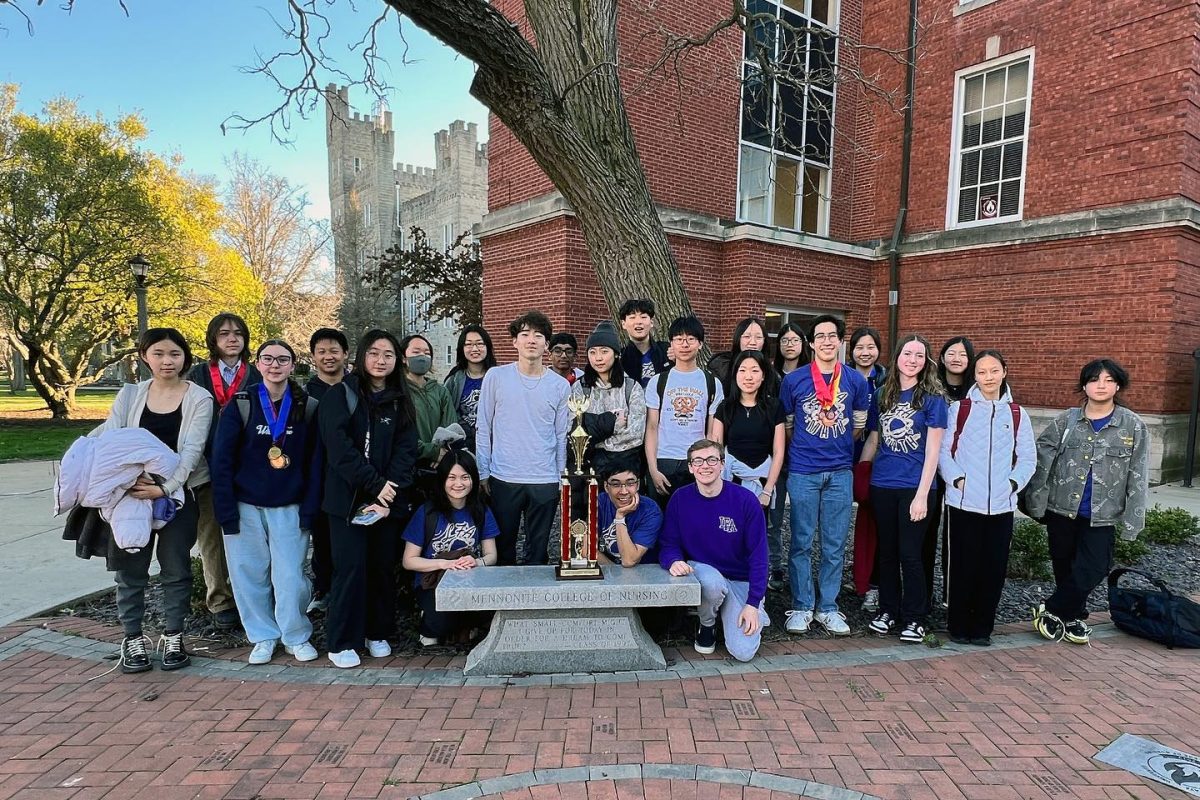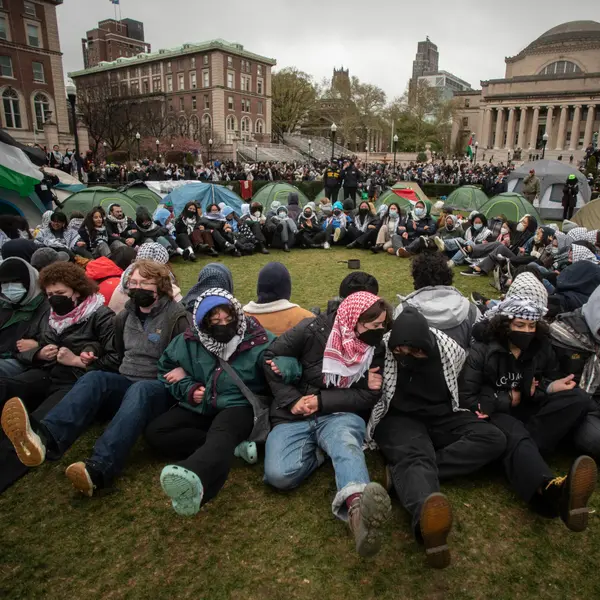Unpacking the Taliban takeover
October 1, 2021

For nearly two decades, Afghanistan has been looming in the background of American politics. Now that the conflict has finally come to an end, at least for the United States, many Americans have been trying to understand the conflict.
The Afghanistan war began in 1978 when a coup known as the “Saur Revolution” overthrew the Afghan Republic and established a soviet aligned socialistic government. In response to this, many conservative militia groups within the country immediately rebelled against the newly established secular government. At the beginning of discord within the nation, the Soviet Union sent ground troops to protect the newly established allied government. This sparked a 40-year civil war.
After many years of fighting and the withdrawal of the Soviets, a new interim government was established. However, this interim government quickly fell into chaos as many rival groups began fighting for power. Eventually, a group known as the Taliban took control of the majority of the country except for the northern provinces. This group was one of the more extreme organizations that fought the Soviets, believing in strict Sharia Law, and (without the threat of communism) turned towards the West as its primary ideological enemy. On September 11, 2001, this hatred of the west would come to a horrifying conclusion.
On September 11, 2001, two planes hit the World Trade Center; one place hit the Pentagon; another one crashed in Pennsylvania. These coordinated hijackings quickly were attributed to Al-Qaeda, a terrorist organization which was harbored by the Taliban-controlled Islamic Emirate of Afghanistan. After giving an unsuccessful ultimatum to the Taliban to extradite members of Al Qaeda, the US invaded the country on October 7, 2001, driving most of the Taliban out by December 17th and establishing the American allied Islamic Republic of Afghanistan. However, the Taliban would reemerge resulting in constant fighting and delaying the pullout of American forces for nearly two decades.
In February 2020, then-President Donald Trump signed the Doha agreement which promised a reduction of troops and full withdrawal of American and allied troops by May 1, 2021. However, after President Biden’s inauguration, the administration soon realized that May 1 was an unfeasible date, so the Biden administration postponed the withdrawal to August 31, 2020.
Many Americans saw the war as a repeat of the stalemate and guerrilla warfare of Vietnam. Vietnam had been America’s longest conflict prior to Afghanistan and ended in failure. Even by the announcement of the Doha Agreement, the war in Afghanistan had already surpassed Vietnam in length. After much bloodshed, Americans were eager to get out.
Though the Taliban did not make enormous tactical advances, the American-supported Afghan government and military quickly fell apart in the wake of the American withdrawal. As numerous soldiers abandoned their posts, the Taliban captured city after city before finally capturing Kabul and securing the nation.
Upon securing the capital, the Taliban redeclared the Islamic Emirate of Afghanistan with control of almost all of the country. On September 6th in Panjshir, where resistance to the Taliban began, the Taliban took control of most of the province except for some mountains where resistance continues. Human rights violations have already began. Reports have emerged that claim that many young women are already being forced into marriages, and that women’s access to education has been limited.
China and Russia have announced their plan to recognize the Taliban as the sovereign of Afghanistan should they uphold some form of civil rights. As the Taliban consolidates its power in the nation, it is likely that it will gain more legitimacy on the world stage. This could result in Afghanistan being legitimized in other more powerful countries even if its civil rights abuses continue.
On August 26, 2021, two suicide bombers took the lives of more than hundred people and thirteen US soldiers at the Hamid Karzai International Airport where people were boarding planes to flee Afghanistan. ISIS-K, Islamic State Khorasan Province, claimed responsibility for the attack. ISIS-K was founded by members of the Pakistani Taliban, and this emerging group embraces an extremist and violent version of Islam. ISIS-K targets both US’s allies and the Taliban while denounces the Taliban’s takeover citing that their version of Islam is not radical enough.
Over three million Afghans are internally displaced within Afghanistan. The US evacuated about 65,000 Afghans. If applicable, the refugees are sent to live with family within the US, about 24,000 refugees were able to do so. Those without family members in the US are sent to military bases. About 43,000 were sent to US military bases in Europe and Asia. The US has plans to accept at least 50,000 refugees into the US in total. Canada plans to accept 20,000 refugees.
Some international aid groups have chosen to stay in Afghanistan. Many that have decided not to leave have distanced themselves away from US-led operations and have worked during Taliban rule in the 1990s. Even before the Taliban takeover, Afghanistan was in need of aid. The US and Europe have stopped supplying monetary aid to the new government. However, China promised to give thirty million dollars in aid which will go toward food and vaccines.
Previously when the Taliban were in power, the Ministry for the Propagation of Virtue and Prevention of Vice enforced regulations on dress, behavior, and movement through a “morality police” whose punishments include public humiliation and physical violence such as whipping. Women accused of adultery were frequently stoned to death. In some provinces, some women are told that a male escort is required to leave the home. A university in Herat, the third biggest city in Afghanistan, was guarded by Taliban soldiers who prevented female students and instructors from entering. Within Kandanda, health care clinics for women were closed down after the Taliban gained control of them. Areas where the Taliban have not directly enforced restrictions for women are still affected. Women dress in head-to-toe coverings in preparation as well hide within their homes.
Furthermore, the Taliban’s power surge means constant fear of violence for the LGBTQ community within Afghanistan. Historically, the Taliban has declared same sex relationship illegal and have executed people for defying that law. Overall, the Taliban means apprehension for many minorities within the country.
Dr. Aviral Pathak, one of LFA’s History & Social Science Teachers, believes Afghanistan’s future to be a “little bleak” as many democracies, including the US, abandon embassies due to “too much uncertainty.” This uncertainty epitomizes the current state of Afghanistan as Taliban rule only multiples the unstableness of the region.















